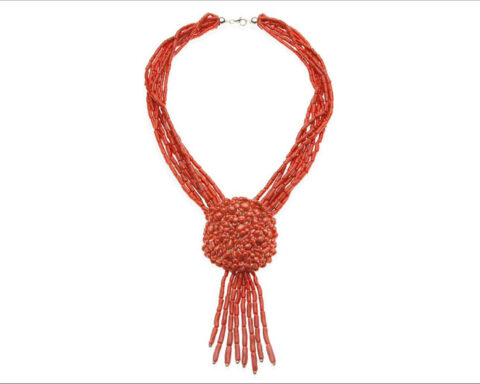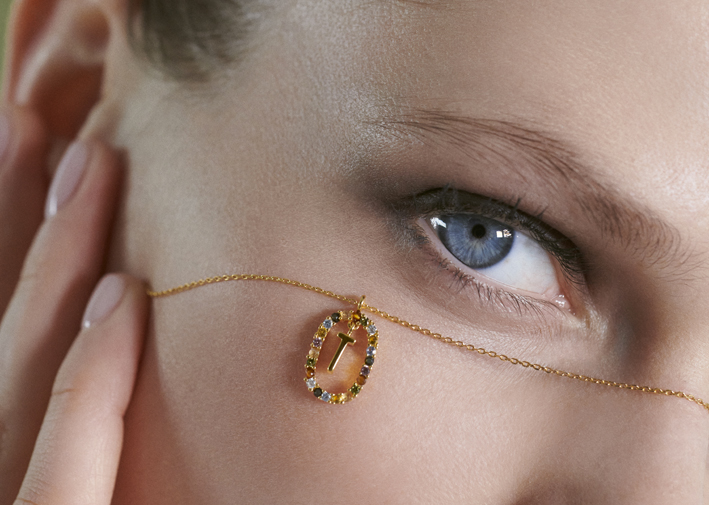They gave you a beautiful coral necklace. But will it be real coral? Can you recognize an authentic coral from a fake when you are about to buy a jewel? How to distinguish real coral from counterfeit coral? Before discovering how to recognize coral, you must of course know what coral is.
What is coral. Everyone knows that coral before being a material for necklaces, earrings or bracelets is a living organism. Corals, for biology, are marine invertebrates of the Anthozoa class of the phylum Cnidaria. They are tiny individuals, each a few millimeters long, called polyps (but they do not have to do with the homonymous fish), which live in compact colonies. There are many types of coral. What is used for jewelry is a kind of skeleton that forms over the years, produced by the individuals who make up the community: this structure can measure up to several meters. Corals require sunlight and clear, shallow water (less than 60 meters or 200 feet). Coral is delicate and is increasingly at risk of bleaching due to stress due to the higher temperature of the water or the toxins present in the sea. Make sure your jewelry has a legitimate and sustainable origin.
True or false. How to recognize a real coral from an imitation? The first rule to follow is: look for the bad part. It is not a paradox. Perfection does not exist in nature. A completely natural material will always have small imperfections which, however, signal its authenticity. Warning: a ring with a perfect coral cabochon is not necessarily fake. The jeweler may simply have eliminated the imperfections. But it is very difficult to erase any traces of what is natural, such as small spots, concentric lines similar to those of wood (they indicate the growth of the coral branch). An idea may be to take a good look at the back (if any) of the jewel, for example a ring: usually any imperfections are reserved for the hidden part.
Black coral. There is red, pink, white coral. And then there is the black coral. But, in reality, the latter does not belong to the same family as the others. What is called black coral is a marine plant (gorgonacea) that grows among the waves of the sea in the area of the equator. Coral, on the other hand, as we have seen, is made up of thousands of small polyps. Black coral, which is often dark brown, is a very hard plant that can be worked on. Be careful not to mistake this material for real coral. Incidentally: black coral is not uncommon (as some would have us believe) and has a rather low value.
The angel skin. One of the traps of dishonest jewelers is to sell fake angel skin coral. This is the name of a rare variety of Satsuma compact pink coral, of Japanese origin: the fewer white spots it has, the better the quality. This type of coral has a particular characteristic, which helps to recognize it immediately: it costs a lot, figures with three zeros. Therefore, a jewel with a lower price is not angel skin, but simple pink coral. Nice, but that’s another thing. By the way: precisely because angel skin coral is so rare, it is usually sold with a guarantee certificate: better ask for it.














Ich suche eine schwarze Korallenkette mit 25 Korallen Mit 2cm Durchmesser. Beste Qualität. Wissen sie was.
Sorry Bernhard Christian, aber wir machen keinen Online-Verkauf, dies ist eine Informationsseite. Viel Glück!